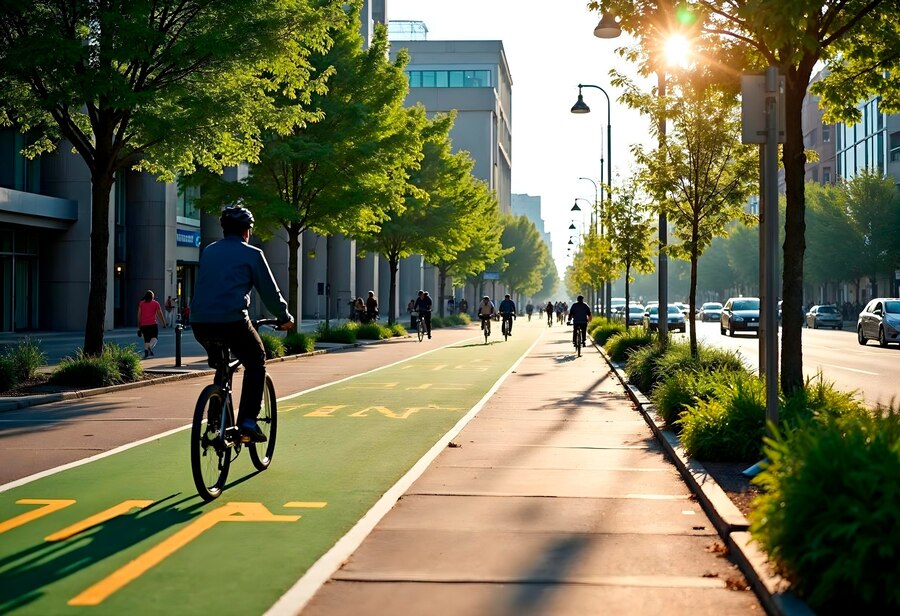What makes someone choose the car over the bus? Why do some cycle every day while others don’t feel safe walking to work? These are the kinds of questions GreenPATH set out to explore through a large-scale user survey—one of the project’s most collaborative and insight-rich efforts to date.
As part of GreenPATH’s mission to create more sustainable commuting options in Central European cities, understanding the real experiences and needs of everyday commuters was essential. That’s why partners across seven pilot areas (Berlin, Vienna, Maribor, Monza, Ravenna, Kecskemét, and Osijek) came together to design and carry out a shared user survey—a coordinated effort that allowed for both local insights and cross-country comparison.
This survey was more than just a data collection tool; it was the bridge between earlier territorial gap analyses, workshops with local stakeholders, and the upcoming co-designed pilot actions that will test real solutions on the ground.
A Unified Effort, Grounded in Real Lives
To make sure the survey could inform real-world actions, the GreenPATH team developed a common methodology—offering guidance, tools, and templates to all project partners. This allowed each area to localize the survey while still contributing to a shared dataset, making it possible to compare results across very different urban contexts.
This effort resulted in responses from 782 individuals, including students and employees—the key commuter groups the project aims to support. What emerged was a detailed picture of how people move, why they choose certain modes, and what barriers they face in making more sustainable choices.
Key Findings at a Glance
¡ Public transport is popular in Berlin and Vienna, but underused in smaller cities—often due to gaps in availability or reliability.
¡ Walking and cycling are frequent in places like Maribor and Monza, highlighting the impact of good infrastructure.
¡ Private car use remains high in Ravenna and Osijek, where alternative options are limited or perceived as unsafe.
¡ People value time-efficiency, reliability, and availability far more than price when choosing how to commute.
¡ Harassment, poor lighting, and lack of safety—especially for women and vulnerable groups—remain serious concerns.
¡ While few know about mobility management, those who do are often willing to get involved, especially when offered incentives.
These findings confirm what many local actors have long suspected—and provide a data-driven foundation for the mobility solutions being developed through GreenPATH.
From Insights to Action
One of the survey’s biggest contributions is its connection to mobility management: it shows not only how people move, but how behavioral change can happen—with the right tools. From calls for better bike facilities and safer pedestrian paths to requests for showers at work and better information about mobility options, the responses are shaping how each pilot city will move forward.
This survey also revealed that willingness to change is there. Many people said they would consider switching modes—if commuting were made safer, more convenient, or even rewarded.
What’s Next?
The survey outcomes are already being used to tailor pilot activities and influence the GreenPATH Strategy, a roadmap for helping cities across Central Europe coordinate smarter mobility management actions.
The full results—including breakdowns by city, transport mode, and key recommendations—are available in the detailed report to dive deeper into the numbers and stories shaping the future of commuting in Central Europe.
